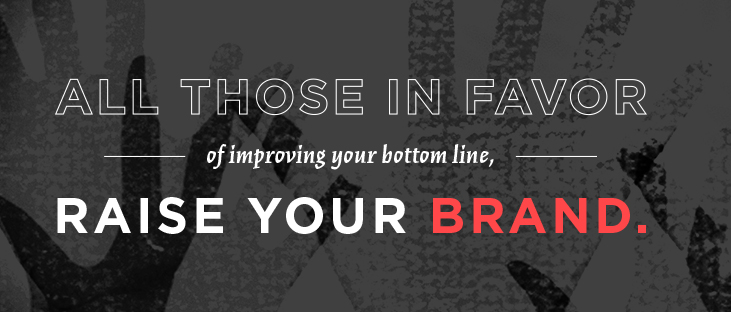 Marketing
Marketing
3 Mind-Blowing Examples of How Consumer Buying Behavior Has Changed
Do you ever sit back and think about what life was like before the Internet before we knew anything about consumer buying behaviors? There were no cat gifs. To order a pizza, you had to call the pizza place. QVC was cutting-edge technology. And if you wanted to buy a new shirt or pants or headphones, you had to go to the store.
It was the worst.
Thankfully, we have the Internet, which dramatically and permanently changed the landscape of how we shop and learn about the products that we’re interested in. (This is what inbound marketing is based around.)
Though there’s definitely hundreds of them, here are three great examples of how consumer buying behavior has changed.
The Amazon Dash Button
Unveiled right around April Fool’s Day 2015, many consumers thought this impossibly simple gadget was a joke. The Amazon Dash button has one function: you press a button, it orders more laundry detergent, razor blades or dozens more consumer goods.
It’s so bland and single-purpose, it borders on the obvious. But, occasionally, something that simple indicates earth-shattering change.
The rise of the Amazon Dash Button indicates that consumers want the convenience of ordering online made even more convenient. Everyone’s shopped online before and had to register, fill out your address, find your wallet, type in your credit card number, wait for a confirmation email…the whole process is a mess.
By streamlining the ordering process to its absolute minimum—how much simpler can you get?—the Amazon Dash Button will help consumers get the goods they need and keep Amazon as the one-stop-shop.
Reputation is King
The Internet is a marvelous place. For just about every major purchase you make—from a home to a truck to a Kitchen-Aid Mixer—there’s undoubtedly someone who has written about their experience. This makes for a treasure trove of information about pretty much anything you could ever buy. (It also gives you zero excuse if you ever buy something you don’t like—you shoulda known better!).
There is a near-infinite sea of reviews, research sites and online word-of-mouth sources (such as forums) that give unbiased info about products. This builds trust in great products, and puts products under high scrutiny.
Online sales depend on a star rating on Amazon or Google. Make your company honest, encouraging and transparent to earn your customers’ trust.
The U2 Fiasco
On Sept. 9, 2014, Apple announced its new iPhone, and gave a special treat to all iTunes users: the new U2 album, “Songs of Innocence,” was going to be added to everyone’s iTunes account for free.
Young or old, heavy metal or smooth jazz, and whether they wanted it or not, the digital release of the album was deployed to more than 500 million iTunes users. And, needless to say, not everyone was thrilled about this. “#DeleteU2” took off as a trending topic on Twitter nearly instantaneously.
People never gave U2 and Apple permission to market to them, but they did it anyway. And both of these huge brands ended up with a gargantuan PR disaster in the process.
Inbound marketing values the concept of permission marketing, which lets people choose if they want to be marketed to or not. (Obviously, U2 did not take this approach.)
Marketing expert and author Seth Godin defines permission marketing as “the privilege (not the right) of delivering anticipated, personal and relevant messages to people who actually want to get them.”
And that’s precisely what inbound does. When you align the awesome content you publish with what your customers are interested in, you’ll earn permission to market to them again, through emails, ebooks and more.
When people come to your company, they’re in various states of the buying process. They could be looking to purchase today, or they could be just be researching options. Either way, inbound marketing casts a large net of content over the whole purchasing phase, from big-picture introductions to granular details about your product.


